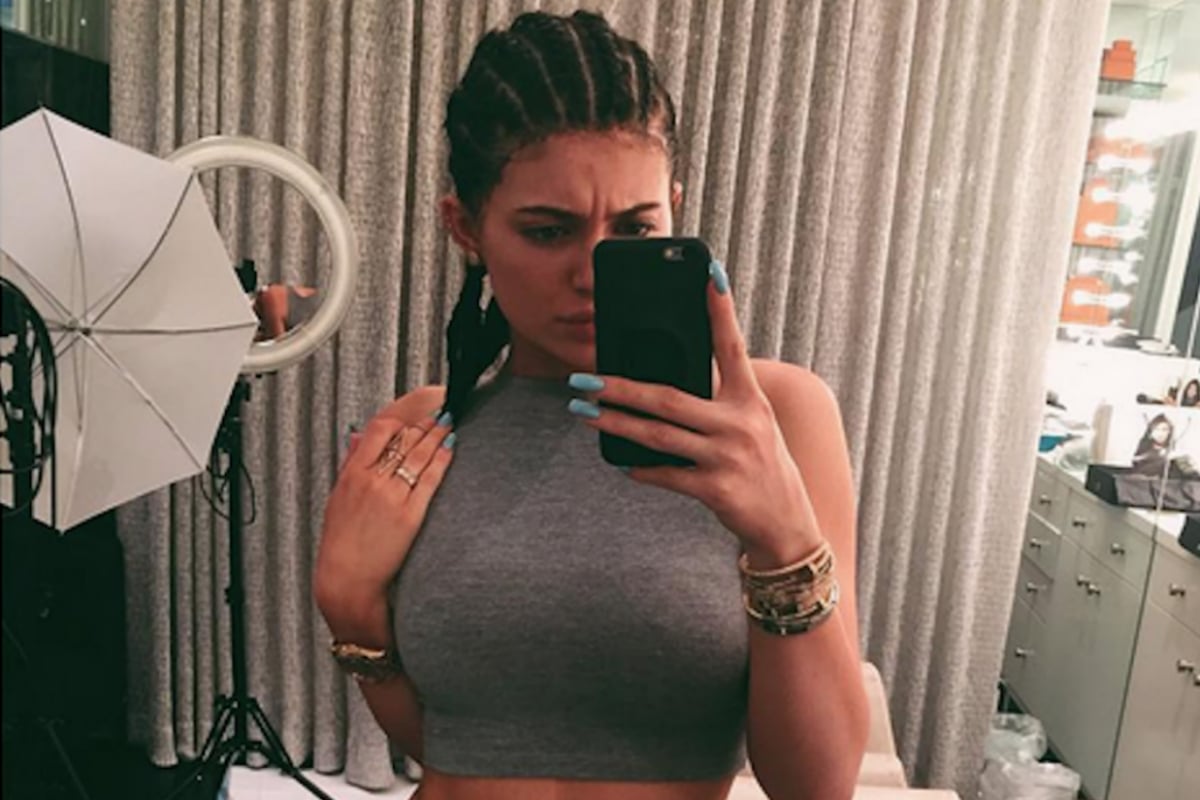
Italian luxury brand Gucci was forced to remove a $1250 woollen balaclava-style jumper from shelves this week after being accused of ‘blackface’.
The brand “deeply apologised” for the racial insensitivity in a statement to Twitter, writing that it “considers diversity to be a fundamental value to be fully upheld, respected, and at the forefront of every decision we make”.
Today Gucci released their Balaclava Knit Top. Sigh. Really @Gucci? Really? pic.twitter.com/ETWKFhHVEB
— Mikeisha Daché (@MikeishaDache) February 6, 2019
Gucci is not alone.
Many companies have had to pull items after being accused of racism and cultural appropriation, like Nike’s tattoo leggings and Chanel’s boomerang. Jamie Oliver was even criticised over rice.

Top Comments
An important article. Just a small technicality... The Phantom is not owned by DC; rather King Features in the USA holds the licence. The Phantom is published in Australia by Frew Publications.
http://kingfeatures.com/lic...
https://www.phantomcomic.co...
Well, if it is good enough for Governor Ralph Northam to have dressed in blackface (even in 1984 it was considered offensive) and still keep his job, then knock yourselves out wearing a sombrero, dread locks , cornrows, hoop earrings, cheong sam, - perhaps not all at the same time though.
I agree it was insenstive for a Governor to use black-face. Blackface is not cultural appropriation though.
Furthermore, using just one of your examples - dreadlocks.
Who gets the cultural claim to the coveted first place when there is evidence it was used by the ancient Egyptians and Greeks, Native American Indians, Indigenous Australians, African Americans, Asian Indians, West Indians, Pre-Columbian Aztecs, Middle Eastern Christians and Muslims.
If someone could rank who wins here and who is wrong here, it would be greatly appreciated
A lot of articles link blackface and cultural appropriation toget, although you are technically correct, they are not the same. With cultural appropriation, no one wins, but everyone loses as common sense is sacrificed on the altar of identity politics.